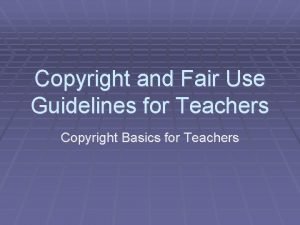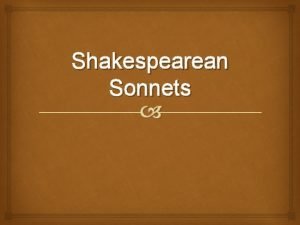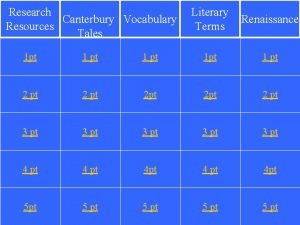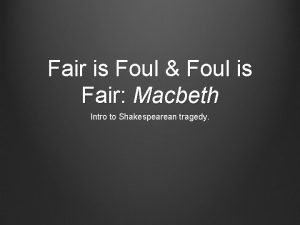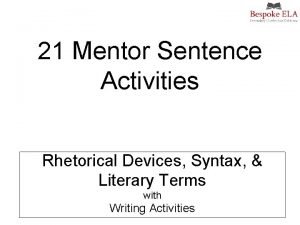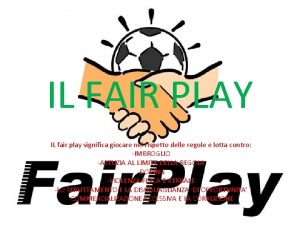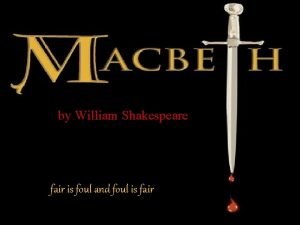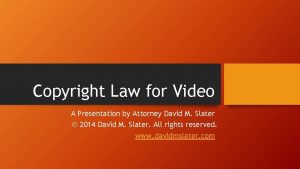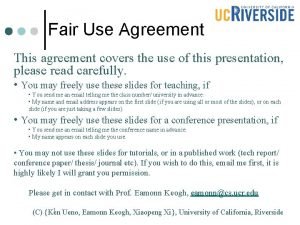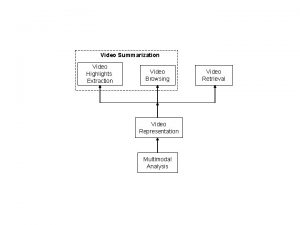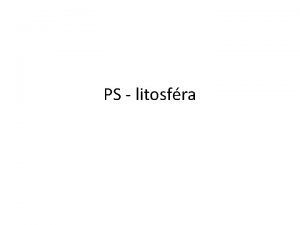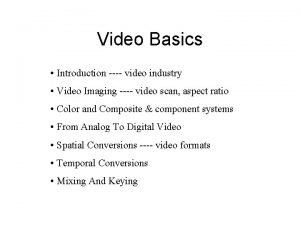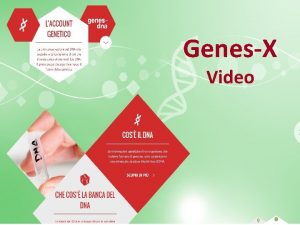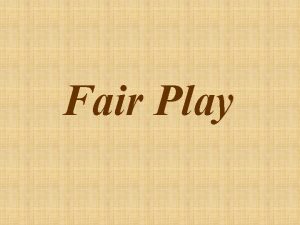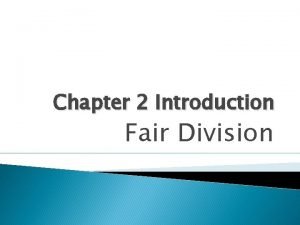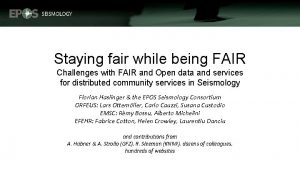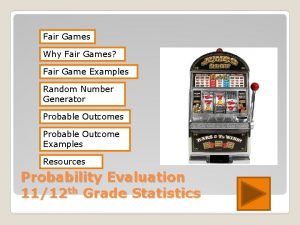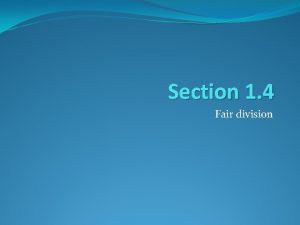Copyright Fair Use for the use of Video















- Slides: 15

Copyright & Fair Use for the use of Video Elizabeth Brown- ITEC 7445 Kennesaw State University

What is Copyright? • The Copyright Law originated in the 1860’s, so it is not new. • The Copyright Law is consistently being updated due to the immense amount of digital and internet usage. • US Law protects the duplication, performance, sale, and usage rights of “authors of original works, including literary, dramatic, musical, artistic, and certain other intellectual works. ” (Title 17, US Code).

Who or what does Copyright protect? • Protects ideas, creative works, publications • Encourages creativity • Protects an artist’s livelihood • Gives controls to authors/creators while encouraging use of creative materials by others • You might often see something called public domain. It comprises all those works that are either no longer protected by copyright or never were.

What is Fair Use? • Fair use can be found in Section 107 of the Copyright Act, which gives a non-exclusive set of four factors courts will consider in deciding whether a use is fair or not. • Fair use is primarily designed to allow the use of the copyright protected work for commentary, parody, news reporting, research and education.

The Four Factors of Fair Use: 1. 2. 3. 4. The purpose and character of the use. The nature of the copyrighted work. The amount and substantiality of the portion used. The effect of the use on the potential market for or value of the copyrighted work.

How does Fair Use affect teachers? • Only teachers in a classroom ( or password protected online classroom) can claim fair use of copyrighted materials. • Teachers may use certain materials under Fair Use guidelines without written permission. • Fair Use addresses a one time use for instructional purposes— further use requires written permission. • Click the link below to view a chart for Fair Use: • Fair Use Chart for Teachers

What about showing videos in our classroom? • Videotapes and DVDs should be rented or purchased. • Teachers may copy for archival purposes to replace lost, stolen, or damaged copies. • Teachers may use these within the classroom under certain circumstances: • The materials must be used in a classroom or non-profit environment “dedicated to face-to-face instruction. ” • Should be used for instructional purposes, not for entertainment or reward. ü Yes! That means you can’t show a movie if it is not instructionally aligned with your standards.

What about sharing off-air taping in the classroom? • A list of very concrete guidelines were created by a committee comprising representatives from educational organizations and copyright owners. • The following guidelines apply: • Only programs broadcast to the general public may be taped. Programs that are not included are Showtime, HBO, The Disney Channel, C-Span, ESPN and others that are of cost. • The teacher should ask the school to tape the program if he/she wants to share it within his/her classroom. • Tape can only be shown the first ten consecutive days after it is made. • Limited number of copies may be made. • Tape may not be edited in any way.

What about integrating videos into your lesson? • We can integrate videos into our lessons, due to The Classroom Use Exemption § 110 (1). The following conditions apply: • The teaching activities are conducted by a non-profit education institution • The performance is in connection with face-to-face teaching activities. • The performance takes place in a classroom or similar place devoted to instruction.

What about integrating videos into your lesson? continued • This means teachers may incorporate videos from Youtube, Teacher. Tube, Watch. Know. Learn, etc. within their lesson at any length. • There is one thing to remember! You can’t necessarily use parts from videos on You. Tube (or other sources) to make mashups or as part of another video. v. In order to be safe a new thing to look for is Creative Commons-licensed videos, which are automatically safe to use.

Time to REVIEW!

Can a teacher use a recorded/taped television program in the classroom? • Yes, if he/she follows these guidelines: • If it directly relates to current instruction. • If it is shown within 10 consecutive days of broadcast. • If it is not from a premium channel (HBO, Showtime, ESPN, etc. )

Can a teacher show a Disney movie during math because the students all did well on a test? • No! The use of a video should be used for instructional purposes, not for entertainment or reward.

Can a teacher use part of a You. Tube video to make a mashup without permission? • Definitely NOT! • In order to cut, edit, make changes to, or add a video to another video project you must obtain permission.

References • About Copyright - Copyright Clearance Center. (n. d. ). Retrieved June 29, 2016, from http: //www. copyright. com/learn/about-copyright/ • Circular 1. (2012, May). Retrieved June 29, 2016, from http: //www. copyright. gov/circs/circ 01. pdf • Copyright Law of the United States of America. (n. d. ). Retrieved June 29, 2016, from http: //www. copyright. gov/title 17/92 chap 1. html#110 • Deciding if Video is Fair Use. (n. d. ). Retrieved June 29, 2016, from http: //fairusetube. org/guide-to-youtube-removals/3 -deciding-if-video-isfair- use • Lesson Plans Based on Movies & Film! (n. d. ). Retrieved June 29, 2016, from http: //www. teachwithmovies. org/copyright. html • Public Performance of Video Recordings. (n. d. ). Retrieved June 29, 2016, from http: //library. williams. edu/guides/videos_copyright. php? _ga=1. 1459051 9. 1286 97871. 1467147724#2 • Grading Teachers on Copyright Law – Videotaping for the Classroom. (n. d. ). Retrieved June 29, 2016, from http: //fairuse. stanford. edu/overview/faqs/videotaping/
 Copyright basics for teachers
Copyright basics for teachers Music copyright fair use
Music copyright fair use Shakespeare sonnet 14 lines
Shakespeare sonnet 14 lines Foul is fair and fair is foul literary device
Foul is fair and fair is foul literary device Macbeth stylistic devices
Macbeth stylistic devices Foul is fair and fair is foul
Foul is fair and fair is foul Syntax literary devices
Syntax literary devices Significa fair play
Significa fair play Examples of fair is foul and foul is fair in macbeth
Examples of fair is foul and foul is fair in macbeth Berne convention
Berne convention Yandex search video
Yandex search video Yahoo search video
Yahoo search video Yahoo
Yahoo Digital media primer
Digital media primer Fair use definition
Fair use definition Fair use
Fair use
